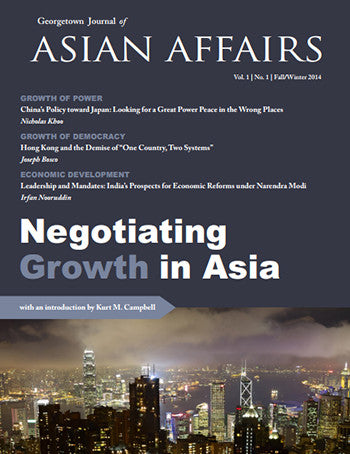
ASIAN AFFAIRS
History in the Arab Skies
This is something of a family book. The journalist, Gerald Butt, writes of his childhood flights around the Middle East, where his father worked for the British Bank of the Middle East. The book is dedicated to, one surmises, his children, one of whom designed the cover, and to a newly arrived grandson. Many of his excellent illustrations are from family albums or collections. Gerald Butt has been an avid aviation fan since he was a member of the Junior Jet Club with his log book recording his flights between London and the Gulf - one of the illustrations.
But this is more than a charming and enthusiastic memoir. This book is a most readable account of the development of flying in the Middle East. It reflects the history of aviation: how it started as a rich man's sport, with solo aristocratic flights at Heliopolis in 1910; how it rapidly developed as a weapon during the First World War; then became a means of transporting mail in the years after the war. It was only in the 1920s that aeroplanes were exploited for transporting people around the world, for business and then for pleasure.
From the 1920s the Middle East became a hub of international flight routes - first Cairo, then Beirut and, in the last ten years, Dubai. In each case, the Middle East was a staging post for air transport between Europe, Asia and Africa. From the 1920s to the 1950s air travel was seen as a means of binding the British Empire together. More recently it has reflected trade flows.
Gerald Butt is excellent in describing the military impact of aircraft. The hapless General Townshend, facing defeat by an Ottoman army in Iraq in 1915, did not help himself by disregarding air intelligence: unlike the Ottomans who shot down a reconnaissance plane and took advantage of the intelligence gained.
Aircraft played significant roles during the Second World War, and Israel's military successes have been due, not least, to their overwhelming and sustained air supremacy. Their opponents in this asymmetrical warfare resorted to hijacking planes. In 1970 three aircraft - not Israeli - were seized with passengers and were landed on a desert airstrip in Jordan. The passengers were taken to Amman (and later released) and the planes blown up. The Israelis have also had an outstanding record in destroying Arab planes - Egyptian and Syrian air forces were wiped out in the 1967 war, and thirteen civil Middle East Airlines planes were destroyed on the ground at Beirut airport in 1968.
Although for most of the last century Arab lands have been the passive hosts of foreigners' planes and passengers coming to the area, in the last ten years three Arab airlines have become major players on the civil aviation scene. Gerald Butt pays tribute to Emirates, Etihad and Qatar Airlines for their contribution to quality service.
The book has some splendid illustrations - some early posters, the interior of a 1930s Handley Page (HP42) plane with tables laid out for dinner, each table with a vase of flowers. My favourite illustration is a message carried by pilots in the Second World War giving advice (and a few useful phrases) in the event of forced landing in the desert. Among other useful tips the stranded pilot is advised: "Completely ignore their women."
by PETER CLARK
Asian Affairs
Book Reviews - pages 116-117
18 Feb 2013
Gerald Butt. History in the Arab Skies, Aviation's Impact on the Middle East.
Rimal Publications, Nicosia, Cyprus, 2011. pp 283. Illus. Notes. Index. Pb. ISBN 978-9963-610-73-0


